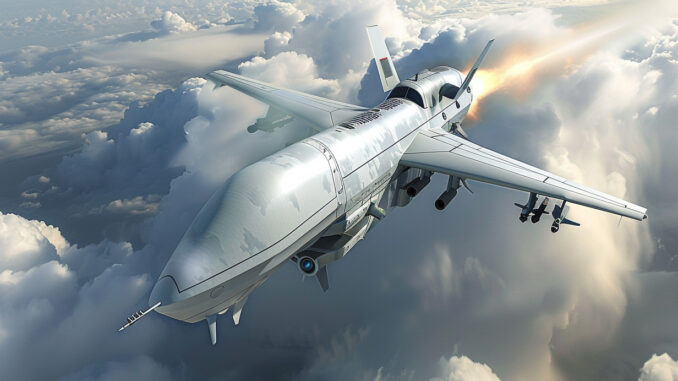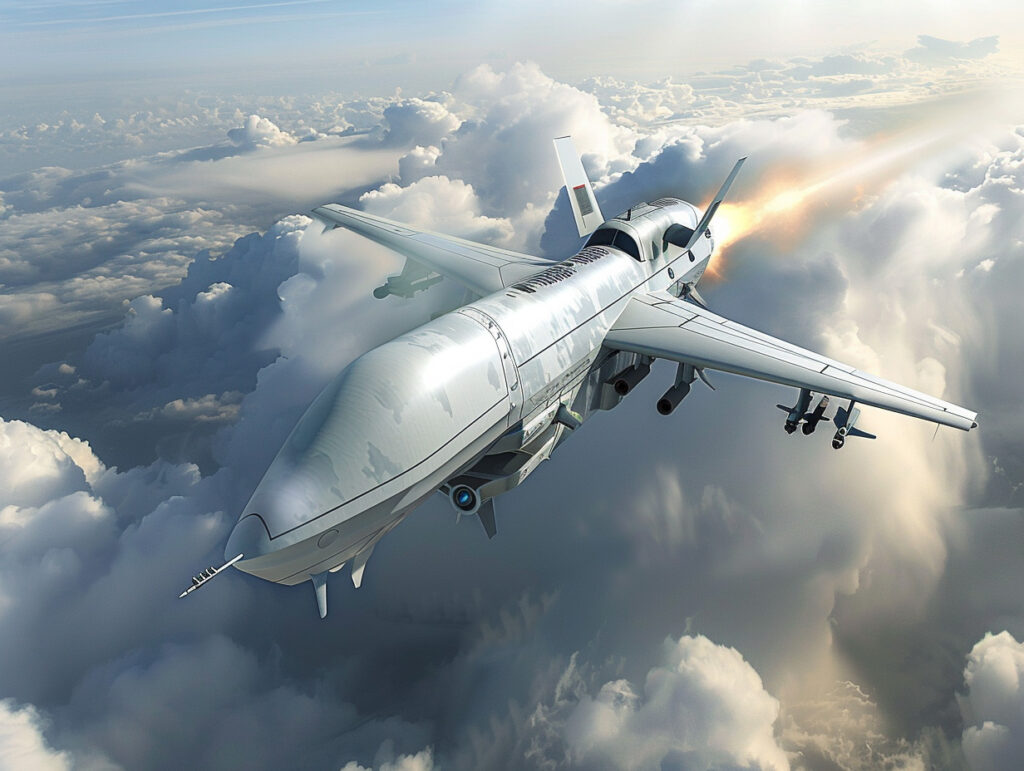
Platform autonomy through AI and computer vision optimises the OODA process, revolutionising analysis operations.
Computer vision and perceptual autonomy enable platforms to analyse data in real time, reducing the cognitive load on operators. These technologies improve the OODA cycle (Observe, Orient, Decide, Act), creating new concepts of operations (CONOPS) and increasing the efficiency of robotic and surveillance systems. Thanks to frameworks such as ARK and software such as AVACORE, these advances facilitate the integration of autonomy into various platforms, optimising real-time observation and decision-making capabilities.
Computer vision: definition and capabilities
Computer vision is defined as the ability of machines to analyse and interpret images in a similar way to humans. This technology has evolved considerably over the last ten years. Initially, it could identify simple objects, such as a dog on a baseball pitch. Today, it can detail the image exhaustively, identifying the dog’s breed, its activity, its orientation in relation to the camera, and interactions with the environment, such as a child playing baseball in the background.
This evolution is made possible by advanced algorithms and massive data processing capabilities. For example, a computer vision algorithm can analyse a 12-megapixel image in less than 200 milliseconds. These capabilities can be used in a variety of fields, from security surveillance to object recognition in complex environments.
Consequences of computer vision
The integration of computer vision into surveillance systems and robotic platforms has significant consequences. It enables the creation of new concepts of operations (CONOPS), where machines can not only detect and identify objects, but also interpret complete scenes. This is revolutionising the security, defence and resource management sectors.
For example, in an airport, computer vision systems can analyse passenger flows in real time and identify suspicious behaviour, improving security and the efficiency of checks. In agriculture, these systems can monitor crops, detect disease and optimise the use of resources.
Reducing the cognitive load on operators
Computer vision considerably reduces the cognitive load on operators. Traditionally, surveillance operators had to continuously monitor hundreds of video streams, a demanding task prone to human error. With computer vision, these systems can automatically detect events or objects of interest and alert operators only when necessary.
Practical example
In a casino, for example, computer vision can monitor thousands of cameras simultaneously and alert security guards when an individual of interest enters the field of vision. This automation allows operators to concentrate on more strategic tasks rather than continuous surveillance, thereby increasing operational efficiency.
Consequences of reducing cognitive load
Reducing cognitive load has important implications for operational productivity and accuracy. In security environments, it enables operators to react more quickly to potential threats. In industrial environments, it improves the monitoring of production processes, reducing the risk of errors and accidents.
Perceptive autonomy: the next stage
Perceptual autonomy represents the ability of systems not only to interpret visual data but also to act accordingly, imitating human actions based on these interpretations. For example, a surveillance system could automatically zoom in on a suspect number plate and follow the vehicle in question, just as a human operator would.
Concrete examples
A concrete example of this technology is the use of drones for surveillance. A drone equipped with perceptual autonomy capabilities can detect an intruder in a monitored area, zoom in to obtain additional details, and track the intruder, while alerting operators on the ground.
Consequences of perceptive autonomy
Perceptive autonomy significantly increases the efficiency of surveillance and security operations. It enables continuous, detailed surveillance without constant human intervention. This frees up operators for more analytical and strategic tasks, improving decision-making and incident response.

Acceleration of OODA loops
Autonomous platform capabilities, such as AeroVironment’s Autonomy Retrofit Kit (ARK) and AVACORE software, significantly speed up OODA cycles. These solutions enable data collection systems to react in real time, reducing the time between observation and action.
How ARK works
AeroVironment’s ARK is an open framework that can be integrated with various platforms to give them autonomous capabilities. The kit enables rapid integration of new functionalities, such as perceptual autonomy, and facilitates connection between different systems and networks.
Consequences of accelerating OODA loops
The acceleration of OODA cycles has crucial implications for defence and security. It enables a faster and more effective response to threats, improving the reaction capability of security forces and operators. In a military context, for example, a faster response to threats can make the difference between the success and failure of a mission.
System integration and flexibility
One of the main advantages of AeroVironment’s solutions is their flexibility and integration capability. These systems can be used with a variety of platforms, from unmanned aerial vehicles (UAVs) to unmanned surface vehicles (USVs) and autonomous ground vehicles.
Examples of integration
AeroVironment’s SPOTR-Edge software enables the detection, classification, location and tracking of operationally relevant objects directly onboard platforms. This integration enables real-time analysis of the data collected, improving decision-making and responsiveness.
Consequences of integration and flexibility
Systems integration and flexibility enable better use of resources and greater adaptability to operational needs. In the defence sector, this means that forces can rapidly deploy autonomous capabilities on a variety of platforms, increasing their effectiveness and responsiveness to threats.
The integration of computer vision and perceptual autonomy into robotic and surveillance platforms represents a major advance in operational efficiency and in reducing the cognitive load on operators. These technologies enable real-time analysis of data, speeding up OODA cycles and improving decision-making. Flexible and integrable solutions, such as the Autonomy Retrofit Kit (ARK) and AVACORE software, offer advanced autonomous capabilities for various platforms, increasing their efficiency and adaptability. The implications of these technologies are wide-ranging, from security and defence to industry and agriculture, promising significant improvements in operational efficiency and responsiveness.
War Wings Daily is an independant magazine.